America's Worst CEO-to-Worker Pay Ratios
These 10 S&P 500 firms boast sky-high CEO-to-worker pay ratios that see their executives making thousands of times more than their median employee.


Nothing, it seems, can burst the bubble of America's highest-paid chief executive officers. Even as the economy recorded its worst year for job losses since 1939, CEO pay continued to grow apace in 2020. At the same time, worker pay – for those lucky enough to remain employed – lagged even farther behind what the nation's top executives raked in.
CEOs of S&P 500 companies received average total compensation of $15.5 million in 2020, according to a new study released by AFL-CIO Executive Paywatch. That was up from $14.8 million in total compensation in 2019. But employee pay continued to stagnate.
As a predictable result, the gap between CEO pay and what workers made continued to widen last year. Indeed, the average S&P 500 company's CEO-to-worker pay ratio stands at 299-to-1. That's up from 264-to-1 a year ago.
With that in mind, we decided to take a different tack when it comes to ranking the S&P 500's highest-paid CEOs. Rather than solely rank the chiefs in absolute terms – that is, who made the most – we ordered them in terms of which CEOs received the highest compensation when compared to their employees.
Publicly traded companies are required to disclose their highest-paid executives' total compensation* annually in regulatory filings. The firms also are required to disclose the pay of their median employee, which they calculate according to SEC rules.
With that information in hand, AFL-CIO Executive Paywatch was able to rank American publicly traded companies by their CEO-to-worker pay ratio.
Thanks to those rankings and our own deep dive into the regulatory filings, we were able to find the highest-paid CEOs in the S&P 500 relative to what their workers make. Read on to see the top 10 best-compensated chief executives as measured by CEO-to-worker pay ratio:
Data is as of July 21, 2021, courtesy of AFL-CIO Executive Paywatch, companies' Form DEF 14A regulatory filings made with the Securities and Exchange Commission, S&P Global Market Intelligence and YCharts. Companies listed in order of CEO-to-pay ratio.
* Total compensation includes salary, bonus, all other compensation, stock and option awards, non-equity incentive plan compensation, change in pension values and non-qualified deferred compensation earnings.

10. Coca-Cola
- Median worker pay: $11,342
- CEO total compensation: $18.4 million
- CEO-to-worker pay ratio: 1,621:1
James Quincey, chairman and CEO of Coca-Cola (KO), starts off our list of the highest-paid CEOs based on his total 2020 compensation of more than $18 million.
As is usually the case with such eye-popping compensation figures, the bulk of this CEO's pay came in the form of stock-based incentives. Quincey took a salary of $1.6 million last year, and he also received a bonus of $960,000. But it was the $11.4 million in stock awards – and $3.1 million in stock options – that really put him over the top.
Shares in Coca-Cola lost roughly 1% in 2020, hurt by the closure of restaurants, bars, sporting events and other live entertainment venues due to the COVID-19 pandemic. The S&P 500 gained 16.3% in 2020.
Quincey was named CEO of Coca-Cola in December 2016 and assumed the top job the following May when Muhtar Kent retired. KO stock is up about 30% since May 1, 2017, lagging the broader market by 52 percentage points.
A note on KO's apparently low median worker pay (and high CEO-to-worker pay ratio). As of Oct. 1, 2020, Coca-Cola says it employed approximately 82,000 employees globally, including roughly 9,800 in the U.S. However, its median worker pay disclosure is "based on the company's global workforce and is not designed to capture the median compensation of the company's U.S. employees," Coca-Cola writes in a regulatory filing.
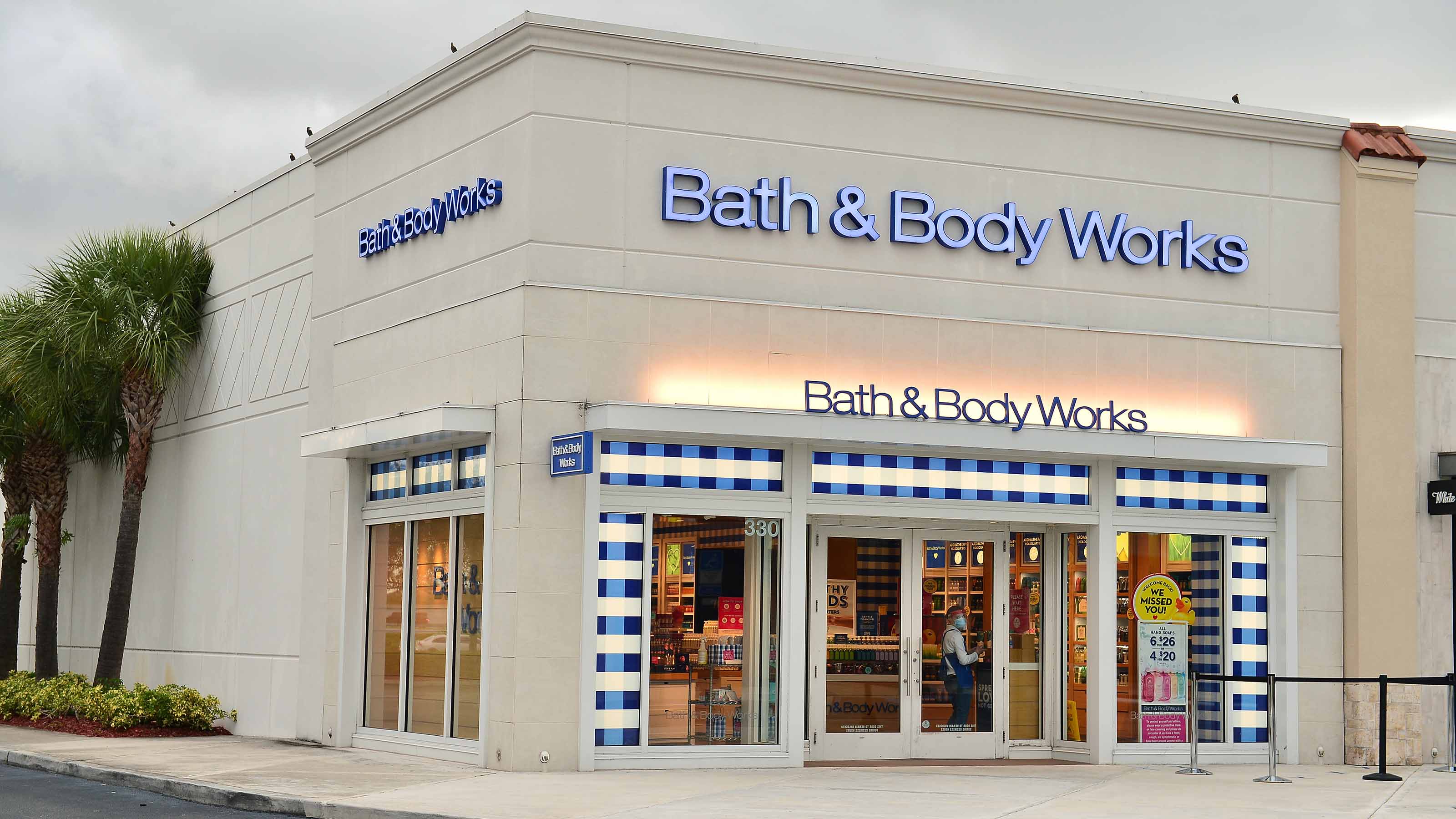
9. L Brands
- Median worker pay: $9,876
- CEO total compensation: $18.5 million
- CEO-to-worker pay ratio: 1,873:1
L Brands (LB), which currently operates the heavily mall-based retail chains Bath & Body Works and Victoria's Secret (but plans to split the businesses this year), predictably suffered a drop in revenue last year due to the pandemic. Indeed, LB's top line contracted 8.3% to $11.8 billion for the 12 months ended Jan. 30, 2021.
CEO Andrew Meslow's salary last year came to roughly $1.2 million. Stock awards amounting to more than $12.3 million – as well as $4.5 million in non-equity incentive plan compensation (which is paid in cash) – made up the bulk of the CEO's pay.
Per L Brands' regulatory filing, non-equity incentive plan compensation is calculated as a percentage of base salary, is paid seasonally, and is based on achieving certain results in adjusted operating income.
Other notable items in Meslow's compensation package included $342,622 in company contributions to his retirement plan account.
In a regulatory filing, L Brands notes that its median worker in fiscal 2020 was a part-time, hourly employee who logged approximately 15 hours per week. Between that and Meslow's considerable compensation, LB claims one of the worst CEO-to-worker pay ratios in the S&P 500.
Meslow first joined L Brands in 2003 as an executive at Victoria's Secret. He was promoted to CEO of Bath & Body Works in early 2020, and named CEO of L Brands just three months later. He helped lead LB shares to a 105% return in 2020, thanks in part to a sharp second-half rally in anticipation of easy year-over-year comparisons amid a post-pandemic recovery.

8. Nike
- Median worker pay: $28,142
- CEO total compensation: $53.5 million
- CEO-to-worker pay ratio:1,935:1
Shares in Nike (NKE) rose almost 40% in 2020 to beat the S&P 500 by 23 percentage points. Analysts credit the company's direct-to-consumer sales strategy for boosting revenue at a time when NKE's retail partners' stores went dark under lockdown conditions.
In fact, despite the pandemic, revenue increased 19% to $44.5 billion for the fiscal year ended May 31. That included a 32% jump in Nike Direct sales to $16.4 billion. Net income, meanwhile, more than doubled to $5.7 billion from $2.5 billion in 2019.
Nike CEO John Donahoe II's annual salary was $548,077 and his bonus came to roughly $6.8 million. The bulk of the executive's total compensation came from stock awards valued at $21.3 million and option awards valued at $23.2 million. Donahoe, who succeeded Mark Parker as the sports apparel maker's chief in January 2020, also received $1.6 million in other compensation, which included $1.5 million in charitable matching contributions made by Nike.
Parker, who remains as executive chairman, received total compensation of $18.2 million in 2020. His pay package included a salary of $1.7 million, a $6 million bonus, stock awards worth $4 million and $5.5 million worth of option awards.
Per its regulatory filing, Nike's median worker pay reflects that of a median retail store employee in the U.S. making $28,142 a year.

Hilton Worldwide
- Median worker pay: $28,608
- CEO total compensation: $55.9 million
- CEO-to-worker pay ratio: 1,953:1
Hilton Worldwide (HLT) CEO Chris Nassetta took a cut to his salary in 2020 as the global hotel and resort company saw revenue plunge in the pandemic. Thanks to other forms of compensation, however, the CEO's pay package soared last year.
Nassetta's salary fell to $350,000 from $1.3 million in 2019, and, as per usual, he took no bonus. But the value of his stock awards rose to $49.5 million from $12.3 million. As a result, his total compensation increased to $55.9 million from $21.4 million in 2019.
"CEO Chris Nassetta did not take home $55.9 million in 2020," says Hilton spokesperson Megan Ryan. "Due to accounting rules and adjustments, this number includes zero-value awards effectively canceled because of the pandemic and newly modified awards tied to company performance in future years. Mr. Nassetta’s actual pay was closer to $20.1 million, which represents a 6% decrease from 2019 and is in line with our peers."
Although Hilton's total revenue fell 54% to $4.3 billion last year – pushing it to a net loss of $715 million – shares recovered from steep declines to finish the year with a fractional gain.
Nassetta has been CEO of Hilton since 2007 and took the company public in 2013. HLT has generated a total return (price appreciation plus dividends) of 180% since its listing, according to data from YCharts. That slightly trails the S&P 500's total return of 188% over the same time span.
Hilton notes the pandemic led to job cuts and reduced compensation and hours for certain roles. It also furloughed a large number of employees. The sum of those moves "resulted in the decline in the median employee's pay," the company says in a regulatory filing. It also led to a hefty CEO-to-worker pay ratio of 1,953:1.

Ross Stores
- Median worker pay: $8,672
- CEO total compensation: $17.5 million
- CEO-to-worker pay ratio: 2,020:1
Ross Stores (ROST) CEO Barbara Rentler's total compensation rose by about $5.5 million over 2019, boosted by a large increase in stock awards. The CEO, who has been at the helm of the off-price retail chain since mid-2014, saw her salary decline slightly to $1.2 million, but her stock awards ballooned to $13.9 million from $8 million in the prior year.
Rentler's non-equity incentive plan compensation of $2.3 million was down slightly year-over-year. Including all items, her total CEO pay increased 46% over 2019's sum of $12 million.
ROST stock added 5.5% in 2020, vs. a gain of 16.3% for the S&P 500. Like most retailers, COVID-19 hurt the company's top line, with full-year revenue declining 22% to $12.5 billion. Net income dwindled to $85.4 million from $1.7 billion in 2019.
Ross Stores has generated a total return of 277% since Rentler became CEO roughly seven years ago, according to YCharts data. The S&P 500's total return comes to 157% over the same span.
The company's median employee is a part-time hourly retail store associate, Ross Stores notes in a regulatory filing. The firm adds that its total number of associates "varies seasonally, with more than 70% of associates working in our retail locations."
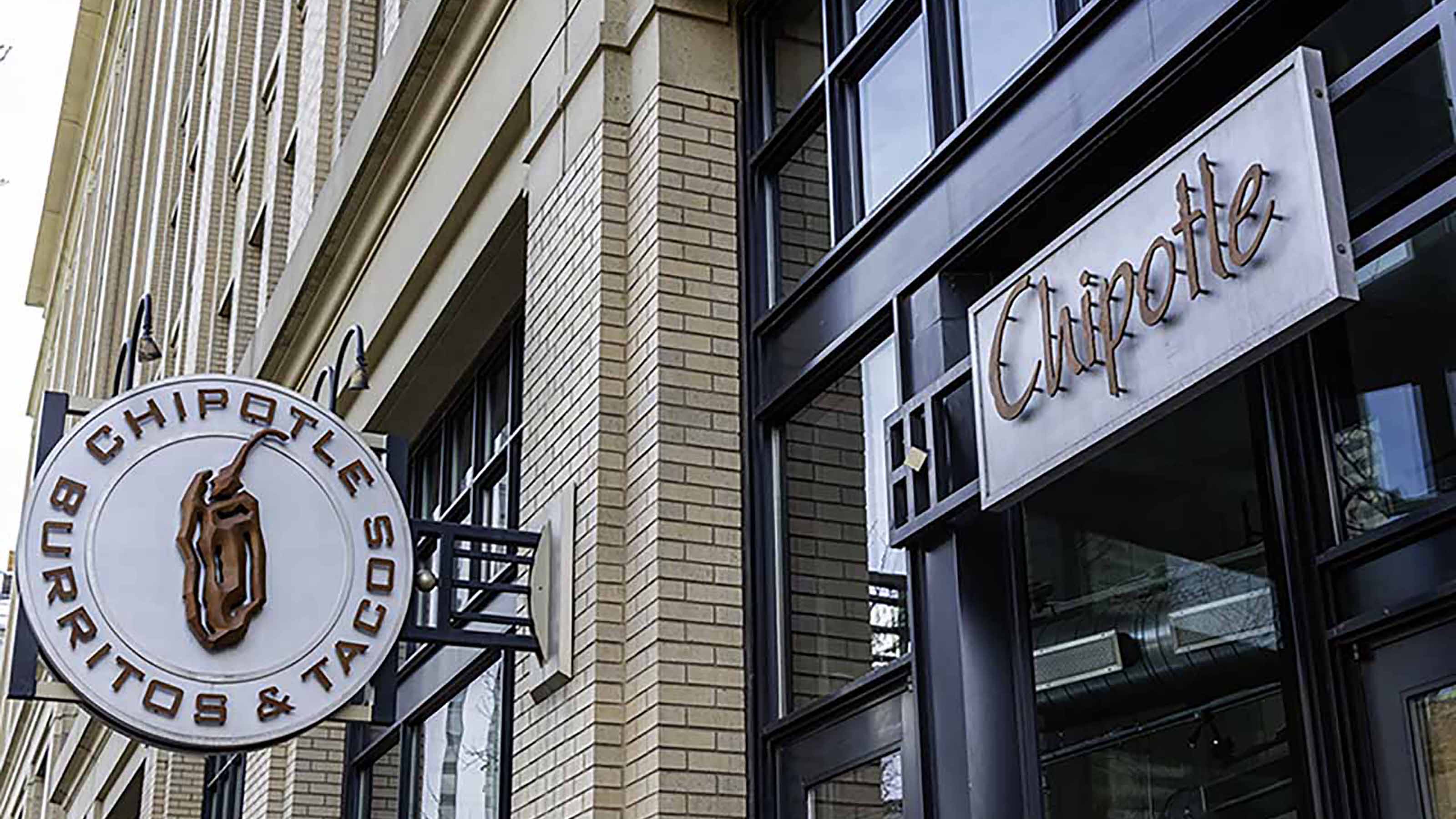
Chipotle Mexican Grill
- Median worker pay: $13,127
- CEO total compensation: $38.0 million
- CEO-to-worker pay ratio: 2,898:1
Chipotle Mexican Grill (CMG) CEO Brian Niccol received $38 million in total compensation in 2020. That's nearly 2,900 times what CMG's median worker made.
Why such a high CEO-to-worker pay ratio? Chipotle calculated that its median worker is an hourly, part-time employee who works roughly 25 hours per week at one of its restaurants in Illinois. CMG notes that its median employee's annual pay of $13,127 declined in 2020, hurt by a reduction in available hours due to COVID-19 closures.
Niccol's compensation last year was essentially double the $16.1 million he earned in 2019. The CEO's 2020 pay included salary of more than $1.2 million, $29.2 million in stock awards, $4 million in option awards and non-equity incentive plan compensation of $3.2 million. The increase in stock awards counted for the bulk of the year-over-year increase in compensation.
Other notable items included $195,977 in company contributions to the CEO's retirement plan, a $35,100 car allowance, $129,072 for personal use of company aircraft and $50,031 for a temporary security detail.
Lastly, CMG counted $9,616 for the CEO's "gym allowance, financial and tax counseling, life insurance premiums, home security and a background check for a household employee."
Shares in CMG rose nearly 66% in 2020 to beat the broader market by almost 50 percentage points. Meanwhile, Chipotle's stock is up 526% since the company announced in February 2018 that Niccol would be its next CEO. The S&P 500 gained 62% over the same span.
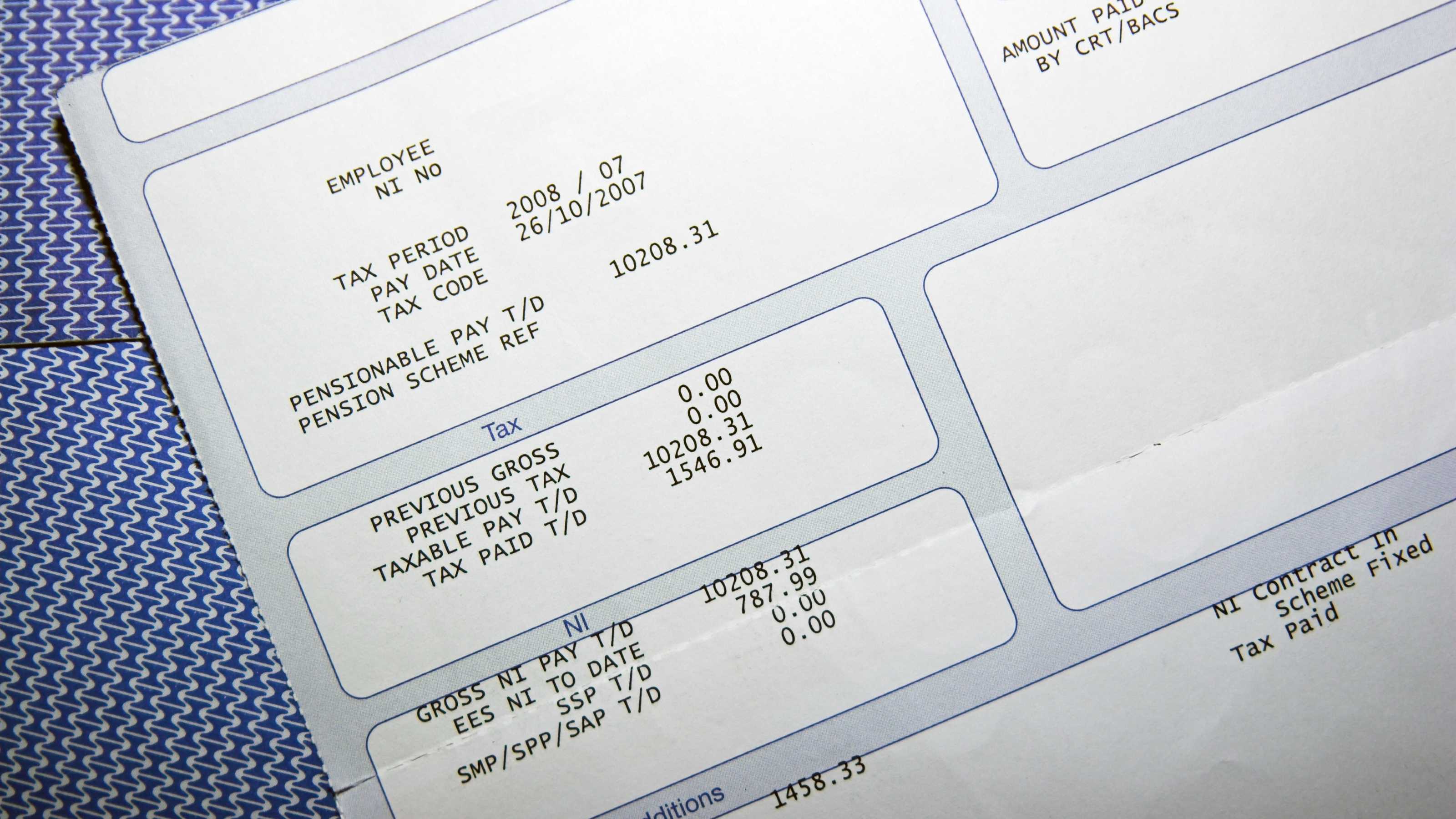
Paycom Software
- Median worker pay: $71,259
- CEO total compensation: $211.1 million
- CEO-to-worker pay ratio: 2,963:1
Paycom Software (PAYC) president and CEO Chad Richison's 2020 total compensation of $211.1 million came almost entirely from restricted stock awards, which were worth $209.5 million. That was up considerably from $18.4 million worth of restricted stock units awarded to the chief in 2019.
Elsewhere in his CEO pay package, Richison was paid a salary of $724,822, non-equity incentive plan compensation of $105,815, and $736,529 in so-called other compensation, much of which was for "non-company use of a corporate aircraft."
The windfall of restricted stock awards pushed Paycom's CEO-to-worker pay ratio to nearly 3,000:1. The median pay of a full-time, salaried employee was $71,259 last year, per the company's regulatory filing.
Richison has been Paycom's CEO since he founded the payroll and human resource technology provider in 1998. He's also the company's largest shareholder, owning 14.8% of PAYC shares outstanding. Richison's stake of 8.5 million shares was worth more than $3.2 billion as of July 20.
Paycom's stock has been a long-time market beater – and by wide margins, at that. Shares gained 71% last year, outperforming the S&P 500 by almost 55 percentage points. For the past five years, PAYC is up 745%, vs. a 101% gain for the broader market. And as for the past decade? Paycom stock returned 2,280%, while the S&P 500 rose 133% over the same span.
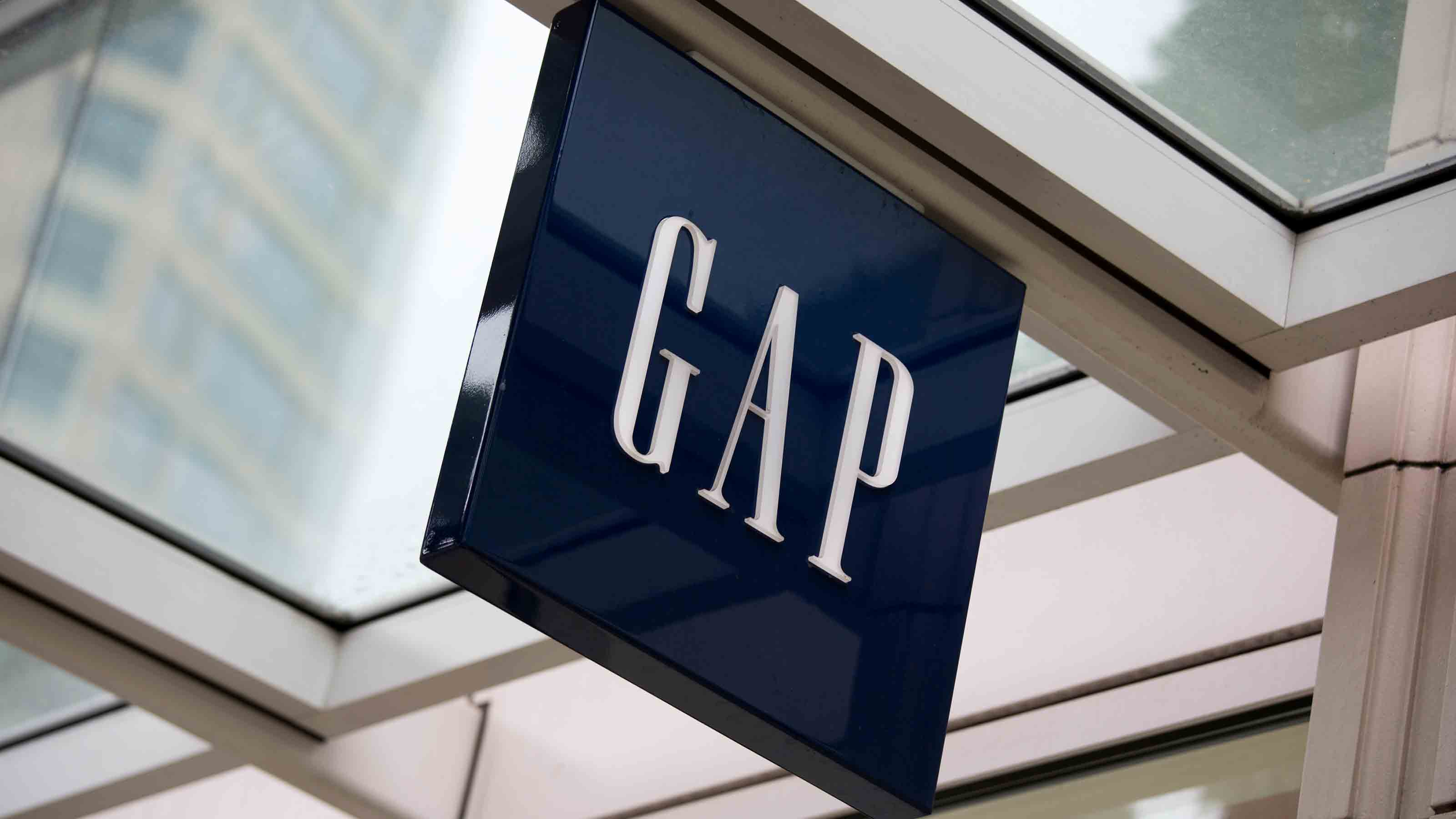
Gap
- Median worker pay: $7,037
- CEO total compensation: $21.9 million
- CEO-to-worker pay ratio: 3,113:1
Like every mall-based retail chain, Gap (GPS) took its lumps from the pandemic last year. Full-year revenue fell 15.8% to $13.8 billion, pushing the company to a net loss of $665 million.
GPS stock managed to finish 2020 in decent shape, however, lagging the S&P 500 by just 2 percentage points, thanks to investors' anticipation of better times ahead.
CEO Sonia Syngal assumed the top job on March 23, 2020. Coincidentally, the pandemic market crash bottomed out the very same day. Syngal, formerly chief of Gap's Old Navy business, set to work stabilizing the retailer amid a historic decline in traffic.
Naturally, her promotion came with an increase in compensation. Syngal's total compensation rose to $21.9 million last year from $4.8 million in 2019, when she still headed up Old Navy. A $15.1 million bump in the value of stock awards accounted for the bulk of the pay raise.
Gap calculated that its median worker was a part-time sales associate located in North Dakota who made $7,037 last year. On that basis, Gap says its CEO pay was 3,113 times what the median Gap employee made.
Shares in Gap have been a long-time market laggard. GPS's total return underperformed the S&P 500 by nearly 60 percentage points over the past three years, by 80 percentage points over the past five years, and by 200 percentage points over the past 10 years, according to YCharts data.
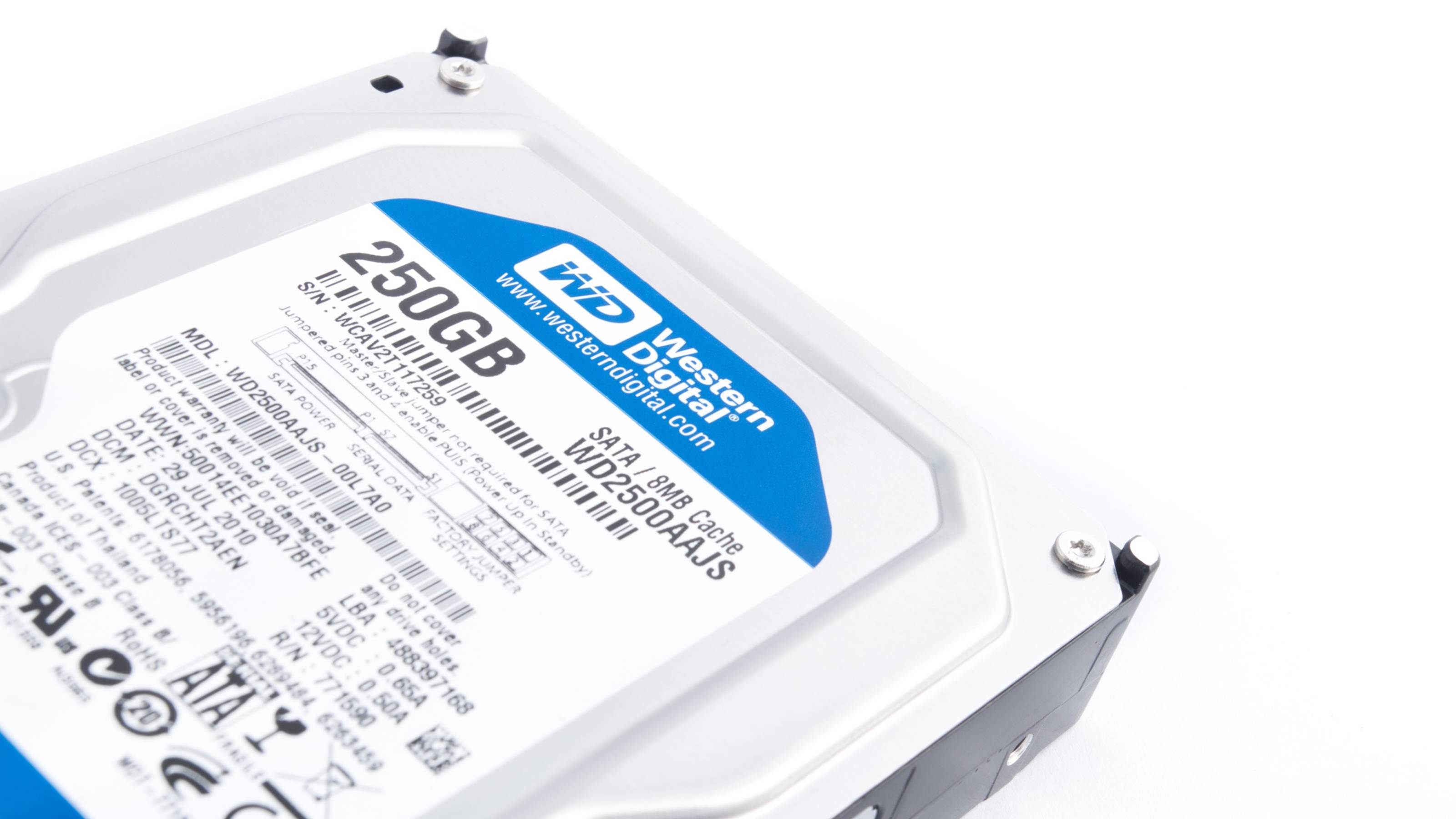
Western Digital Corporation
- Median worker pay: $7,719
- CEO total compensation: $35.7 million
- CEO-to-worker pay ratio: 4,934:1
David Goeckeler was appointed CEO of Western Digital Corporation (WDC) in March 2020, after a 19-year career at Cisco Systems (CSCO). Most recently, Goeckeler served as general manager of CSCO's Networking and Security Business – a $34 billion global technology franchise.
The new CEO's total compensation of $35.7 million consisted primarily of stock awards valued at $31.1 million. He also received $408,654 in salary, a bonus of $3.5 million and $673,077 in non-equity incentive plan compensation.
Western Digital calculated that its median employee is a manufacturing operator working in Malaysia who made $7,719 in 2020. That helps pad one of the worst CEO-to-worker pay ratios in America.
WDC, which specializes in data storage systems such as hard disk drives and flash drives, struggled during the pandemic along with the rest of the memory industry. Although consumer demand for personal computers and smartphones rose in the work-from-home economy, demand from traditional enterprise networks fell off.
Goeckeler responded by suspending WDC's dividend in April and instituting a new operational structure. Shares in Western Digital finished 2020 with a loss of 12.7%, underperforming the broader market by 29 percentage points. As for 2021, WDC is lagging the S&P 500 by about 3 percentage points for the year-to-date.

Aptiv
- Median worker pay: $5,906
- CEO total compensation: $31.3 million
- CEO-to-worker pay ratio: 5,294:1
Aptiv (APTV), the auto parts company formerly known as Delphi Automotive, more than doubled Chief Executive Officer Kevin Clark's total compensation in 2020. That gave the company the S&P 500's worst CEO-to-worker pay ratio.
As is usually the case, Clark's pay hike was attributable to an increase in stock awards.
Clark, who has been Aptiv's top executive since 2015, received total compensation of $31.3 million last year, up from $15.2 million in 2019. The CEO was given stock awards worth $28.5 million in 2020, vs. $11.5 million in stock awards the previous year.
Other items included a combined reduction of $544,925 in salary and non-equity incentive plan compensation, to $1.1 million and $1.4 million, respectively. Additionally, the CEO received other compensation worth $197,182 related to retirement plan contributions, life insurance premiums and tax preparation expenses in connection with working in Ireland.
Aptiv, which employs approximately 151,000 employees in 44 countries, is headquartered in Dublin, Ireland for tax purposes.
After excluding independent contractors and so-called leased workers, as well as cost-of-living adjustments, Aptiv determined that its median employee's total annual compensation was $5,906 last year.
Aptiv says in its regulatory filing that the cash compensation used in its analysis "consisted of base salary or regular wages, premium pay (including but not limited to overtime, holiday pay, and shift differential), and incentive pay."
By that measure, Clark's total compensation equaled 5,294 times the pay of the median Aptiv worker – or the highest ratio among companies in the S&P 500.
APTV rose 37.2% in 2020 to beat the broader market by almost 21 percentage points. Over the past five years, the stock generated a total return of more than 184%. The S&P 500's total return was almost 122% over the same period.
Profit and prosper with the best of Kiplinger's advice on investing, taxes, retirement, personal finance and much more. Delivered daily. Enter your email in the box and click Sign Me Up.

Dan Burrows is Kiplinger's senior investing writer, having joined the publication full time in 2016.
A long-time financial journalist, Dan is a veteran of MarketWatch, CBS MoneyWatch, SmartMoney, InvestorPlace, DailyFinance and other tier 1 national publications. He has written for The Wall Street Journal, Bloomberg and Consumer Reports and his stories have appeared in the New York Daily News, the San Jose Mercury News and Investor's Business Daily, among many other outlets. As a senior writer at AOL's DailyFinance, Dan reported market news from the floor of the New York Stock Exchange.
Once upon a time – before his days as a financial reporter and assistant financial editor at legendary fashion trade paper Women's Wear Daily – Dan worked for Spy magazine, scribbled away at Time Inc. and contributed to Maxim magazine back when lad mags were a thing. He's also written for Esquire magazine's Dubious Achievements Awards.
In his current role at Kiplinger, Dan writes about markets and macroeconomics.
Dan holds a bachelor's degree from Oberlin College and a master's degree from Columbia University.
Disclosure: Dan does not trade individual stocks or securities. He is eternally long the U.S equity market, primarily through tax-advantaged accounts.
-
 Nasdaq Sinks 418 Points as Tech Chills: Stock Market Today
Nasdaq Sinks 418 Points as Tech Chills: Stock Market TodayInvestors, traders and speculators are growing cooler to the AI revolution as winter approaches.
-
 23 Last-Minute Gifts That Still Arrive Before Christmas
23 Last-Minute Gifts That Still Arrive Before ChristmasScrambling to cross those last few names off your list? Here are 23 last-minute gifts that you can still get in time for Christmas.
-
 The Rule of Compounding: Why Time Is an Investor's Best Friend
The Rule of Compounding: Why Time Is an Investor's Best FriendDescribed as both a "miracle" and a "wonder," compound interest is simply a function of time.
-
 Nasdaq Sinks 418 Points as Tech Chills: Stock Market Today
Nasdaq Sinks 418 Points as Tech Chills: Stock Market TodayInvestors, traders and speculators are growing cooler to the AI revolution as winter approaches.
-
 Stocks Chop as the Unemployment Rate Jumps: Stock Market Today
Stocks Chop as the Unemployment Rate Jumps: Stock Market TodayNovember job growth was stronger than expected, but sharp losses in October and a rising unemployment rate are worrying market participants.
-
 Stocks Struggle Ahead of November Jobs Report: Stock Market Today
Stocks Struggle Ahead of November Jobs Report: Stock Market TodayOracle and Broadcom continued to fall, while market participants looked ahead to Tuesday's jobs report.
-
 AI Stocks Lead Nasdaq's 398-Point Nosedive: Stock Market Today
AI Stocks Lead Nasdaq's 398-Point Nosedive: Stock Market TodayThe major stock market indexes do not yet reflect the bullish tendencies of sector rotation and broadening participation.
-
 Dow Adds 646 Points, Hits New Highs: Stock Market Today
Dow Adds 646 Points, Hits New Highs: Stock Market TodayIt was "boom" for the Dow but "bust" for the Nasdaq following a December Fed meeting that was less hawkish than expected.
-
 Dow Rises 497 Points on December Rate Cut: Stock Market Today
Dow Rises 497 Points on December Rate Cut: Stock Market TodayThe basic questions for market participants and policymakers remain the same after a widely expected Fed rate cut.
-
 JPMorgan's Drop Drags on the Dow: Stock Market Today
JPMorgan's Drop Drags on the Dow: Stock Market TodaySmall-cap stocks outperformed Tuesday on expectations that the Fed will cut interest rates on Wednesday.
-
 Stocks Slip to Start Fed Week: Stock Market Today
Stocks Slip to Start Fed Week: Stock Market TodayWhile a rate cut is widely expected this week, uncertainty is building around the Fed's future plans for monetary policy.
